Pearls
Pearls
An overview of Burma’s pearl industry
With Pala Presents, we offer selections from the library of Pala International’s Bill Larson, who shares with us some of the wealth of information in the realm of gems and gemology. The following, anonymously authored, article was published in Swift, the inflight magazine of Asian Wings Airways, Vol. 2, Issue 2, Jan–Jun 2013.
 |
Pearls are a famous local product of Myeik Archipelago. Considered to be royal jewels and worn by Myanmar people since ancient times, pearls represented purity, nobility and attractiveness. High-quality specimens are appreciated alongside gemstones such as jade, rubies and diamonds.
Myanmar people have identified nine stones (nawarat aka navaratna, which we discussed in July 2012) as the most precious, which are believed to bring good luck to the wearer: pearls, rubies, coral, emeralds, topaz, diamonds, sapphires, garnets and cat’s eye.
In the past, pearls were a purely natural product, with divers swimming to the ocean floor and collecting them from oysters. In Myeik Archipelago, most pearls were collected near the town of Boatpyin, located on an island that became known as Pearl Island for its fame in this regard. During colonial times it was called Sir J. Malcolm Island [as it is named on this map], but locals call it Phoe Maung Saung Island, after a local diver who was famed for his ability to locate oysters.
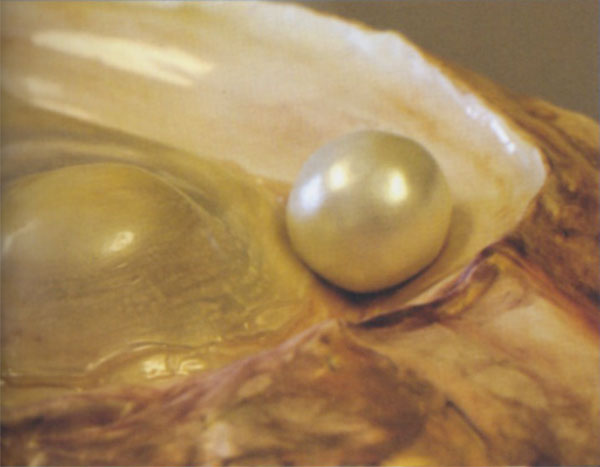 |
Following the first Anglo-Burmese War in 1824, Myanmar’s southern area was taken over by the British Empire. It is said that the British learned about Pearl Island in 1881, and in 1890 the colonial administration started issuing official business licenses for pearl cultivation. In Myanmar, the collection of pearls continued to be done by oyster divers until around 1954, when pearl production technology was introduced to the country. The first production was Livock Bay at Letsuraw Island, which was on the far southern end of Pandaung Island (Domel Island). This was a joint venture between the Myanmar-owned Kawthaung Trading Company and South Sea Company from Japan. They later moved to Pearl Island, which they deemed a better environment for pearl production.
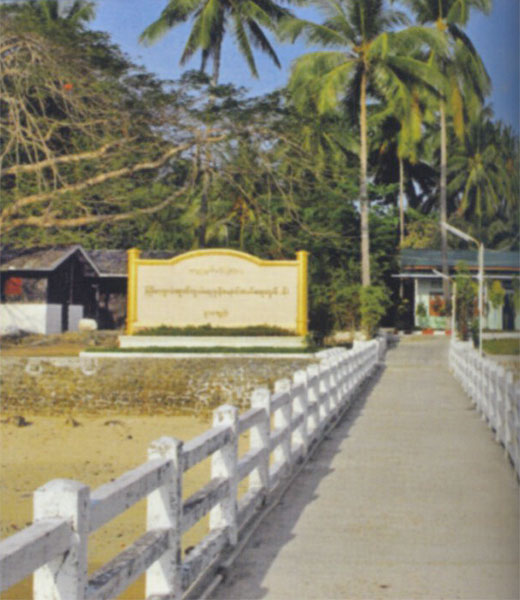 |
After the military took control of Myanmar in 1962, operations at Pearl Island were nationalized, and the government-run People’s Pearl and Fishing Board Committee took over the project. During the years when the company was privately run, Japanese technicians had overseen the pearl cultivation process. After nationalization, the process was taken over by a collection of Myanmar technicians from different departments, including the state-run pharmaceutical enterprise, Yangon University’s Department of Zoology and the Department of Medical Research.
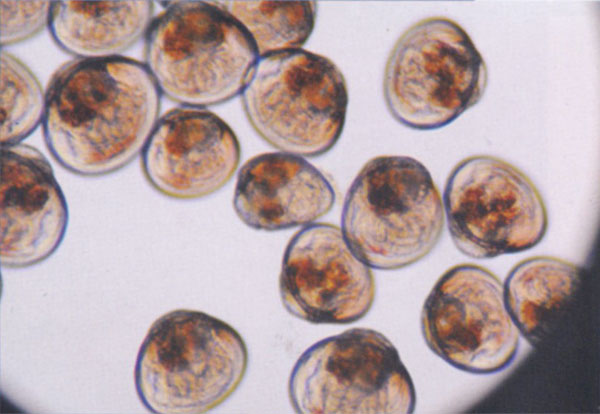 |
In 1966 this group succeeded in removing a small piece of mantle tissue from one mollusc (donor shell) to serve as a catalyst for the pearl, and then surgically implanted it into the gonad (reproductive organ) of a saltwater mollusc. In 1970 pearl cultivation came under the Myanmar Pearl and Fishery Corporation under the Ministry of Agriculture and Forestry, and was later taken over by the Myanmar Livestock and Fisheries Department. In 1986 it came under the administration of Myanmar Pearl Enterprise under the Ministry of Mines. After 1988, when Myanmar started to take small steps toward a market-oriented economy, pearl production was taken over by Pearl Production and Trading, still under the Ministry of Mines.
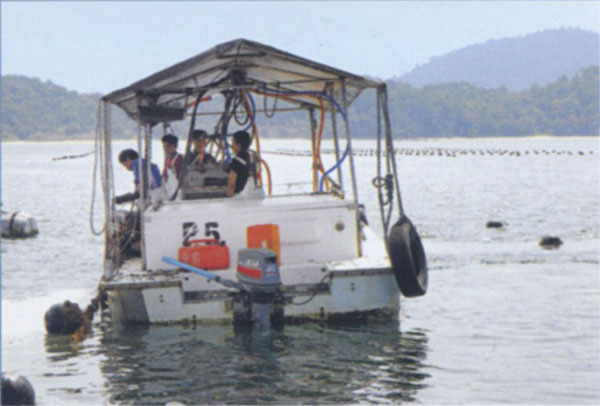 |
These changes in the economic system allowed private companies to get licences for pearl production in Myanmar, and several international companies came to the country and forged joint-venture business deals with local enterprises. Major interests that entered the pearl cultivation game included Nino Company from Japan in 1992, local company Ocean Pearl in 1994, Tasaki Shingu from Japan in 1997, and Thailand’s Andaman Pearl Copay in 1998. There is now a Myanmar-Australia joint-venture at Ross Island, while Nino Company operates at Kamar Island and Andaman Pearl Company at Bentick Island. Tasaki, which pioneered pearl production in Myanmar, is based on Letsutaw Island.
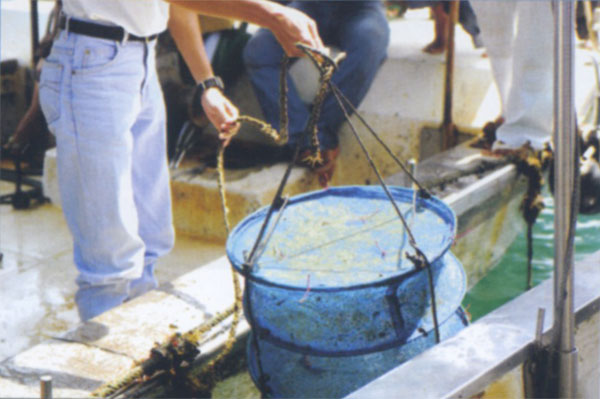 |
There are three main processes involved in pearl cultivation. The first is implanting the mantle tissue, followed by maintaining and cleaning, and ending in harvesting. The oyster is a strange animal, and biologically they might change sex one or more times during their lives. In order to make them fertilize, they must be kept in reservoirs where the water temperature is maintained at 23 to 25 degrees Celsius [73–77° F]. During the first 10 days small oysters are fed and given treatment. Meanwhile, the water must be changed every two days. Collector ropes are then placed into the water, to which the oysters attach themselves. This occurs over the course of 17 to 27 days. After 40 days, the ropes are placed in panels that are sent to the ocean area of the cultivation farm. After 18 months, the oysters are checked to determine whether they are ready to be seeded. Those that are ready are put into a black box without feeding, then they are seeded and put back into the seawater. After three months they are X-rayed to see if the nucleus is still intact, and then put back into the sea. When the oyster is about four years old, it is ready to be harvested. The shells are reopened and the pearl removed. Pearls are naturally pink or yellowish in color; other colors are artificially created by cultivator during the seeding process.
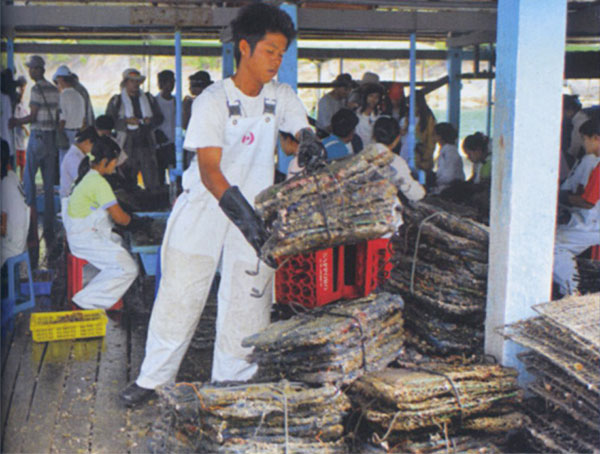 |
Pearls from Myanmar’s water are of high quality and can fetch good prices on the market. They are well known at gem emporiums around the world. The founder of Myanmar-Kasaki Company has observed that Myanmar pearls are of high quality and are world-famous for their lustre.
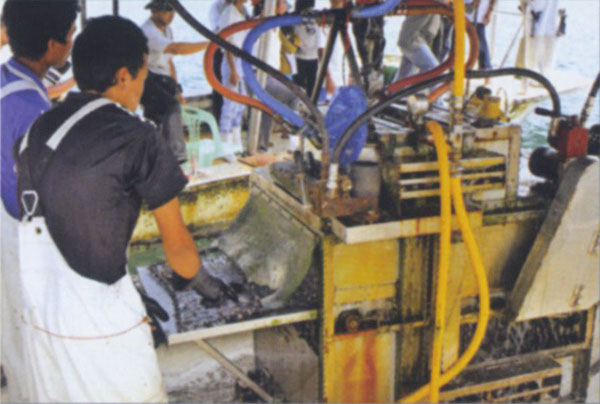 |
- For a more in-depth look at this subject, see “South Sea Cultured Pearls From Mergui,” in which Vincent Pardieu recounts a December 2007 expedition to the area.